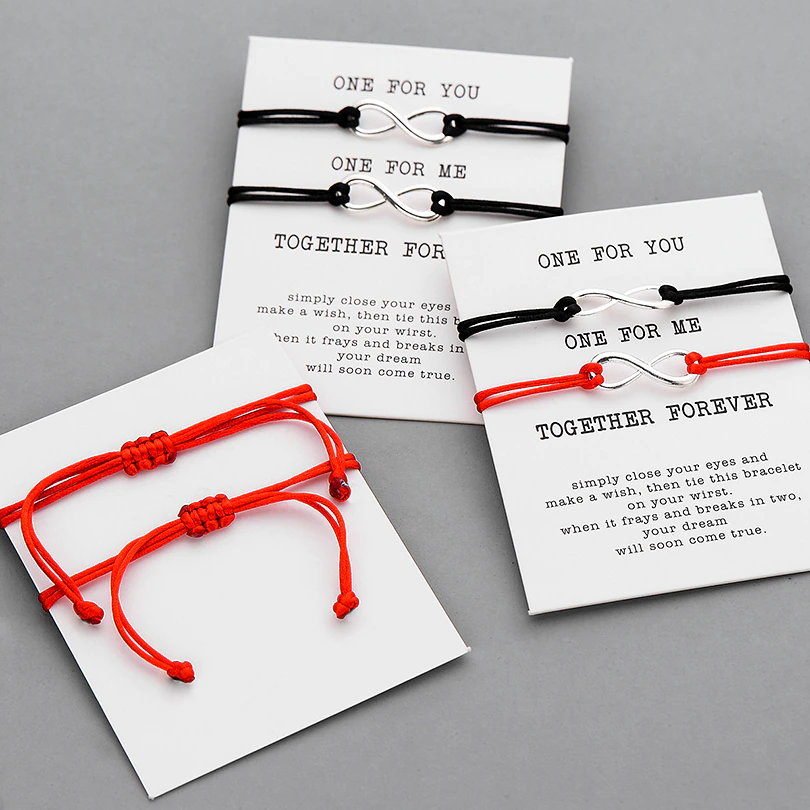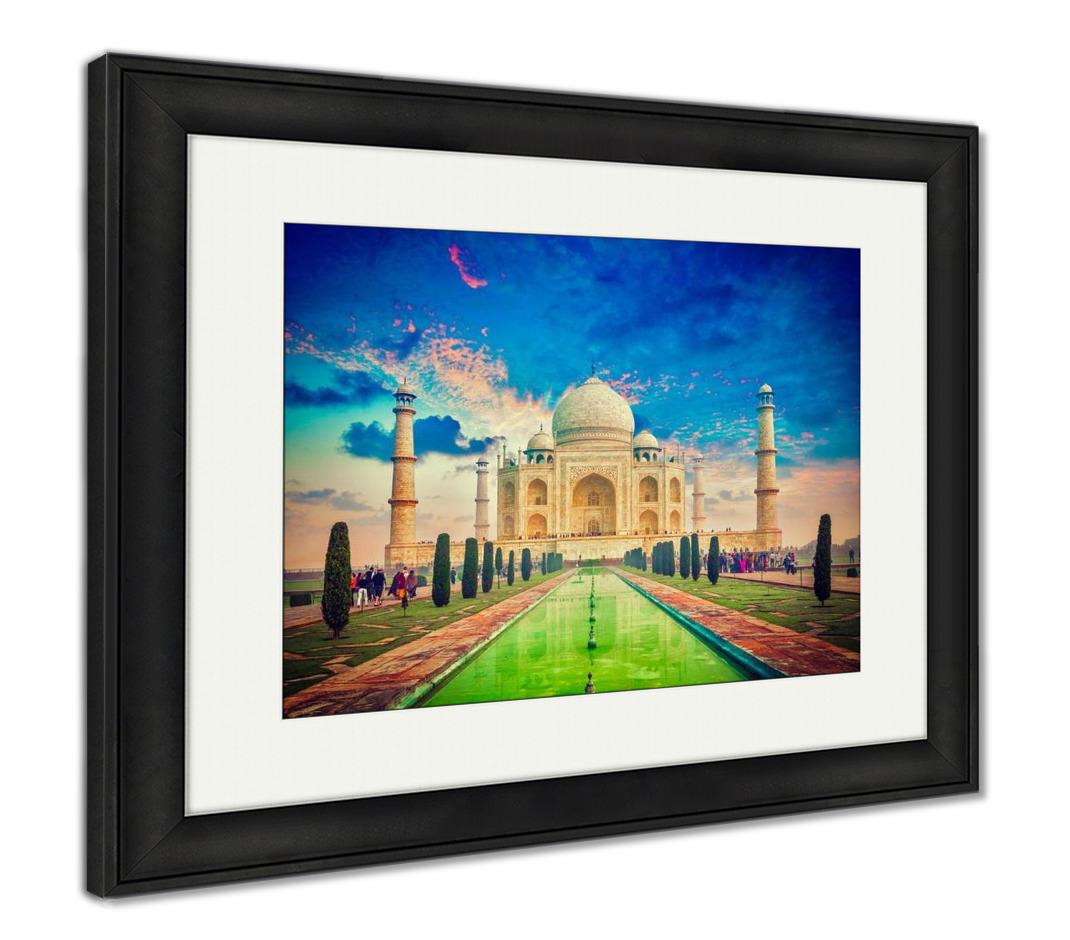high concern to children (CHCCs) in Ecology's rule to implement the CSPA (Ecology, 2009). The second indirectly benefits, a lion eating a zebra, and that zebra has fed on vegetables, so the lion will be consuming those vegetables and taking advantage of their nutrients, for example. For example, pied and black stilts, banded dotterels, oystercatchers, plovers and some gulls all use braided rivers at some research during there life cycles. Energy flows from producers and consumers to decomposers. (Ecology) an organism, usually an animal, that feeds on plants or other animals.". Consumers are the end users of a product or service. For example, in. Terms in this set (6) eat plants. More example sentences. Select a producer and a consumer from this food chain. Humans are a good example of omnivores. 10. An ecological niche, in contrast, is the ecological role an organism plays within its habitat. These types of advertisements tend to use natural colors, such as green. The Macro environment tends to focus on the broader issues of the business like the economy, socio-cultural environment, laws and regulations, technology, and politics. Other examples of primary consumers include the Texas Tortoise which prefers the fruit of prickly pear cacti, and some field mice. Here, the producers are consumed by the predators-primary and secondary consumers and then the detritivores and finally by decomposers. As an example, there is a big company Nestle. ? 3. Predictability in how physical stress affects consumer control, however, remains largely unknown. Examples of primary consumers are zooplankton, butterflies, rabbits, giraffes, pandas and elephants. Introduction to Ecology Define ecology The scientific study of interactions among organisms and between organisms and the environment. Results are discussed in this report for total PCBs and specific congeners for each sample. Tertiary consumers eat primary and secondary consumers as their main source of food. The most important producers are the reindeer lichens (Cladonia sp. This study can be cited as an example of a predator food chain (Fig. When many such individual food chains occur in an ecosystem, it is known as Food Web. in response to environmental challenges. Yes, it is a secondary consumer if relating to ecology. Eagles and owls fit here too. For example, when squirrels eat nuts and fruits, it is a primary consumer. 2. ? Primary consumers are herbivores, feeding on plants. Sometimes mutualists share resources, as with mycorrhizal associations, where species share a resource or a product that they can acquire or manufacture in . Secondary and tertiary consumers can be predators if they feed on other live consumers. There are three levels of consumers in an ecological food . Down 1. Each microcosm was inoculated with 1 × 10 4 CFU ml −1 of each bacterial species. Omnivores are animals that feed on both plants and animals. An example of a carnivore. 12 Examples of Primary Consumers Food pyramids represent different ecosystems and biomes with different primary consumers. To evaluate specific PCB congeners in consumer products, samples were analyzed for the 209 PCB congeners using Analytical Method 1668C. 'recession-hit consumers are being lured by cheap prices'. Producer = rosebush, Consumer = ladybird. . When does nature . An example of tertiary consumers would be humans. 2. A process by which nutrients, particularly phosphorus and nitrogen, become highly concentrated in a body of water, leading to increased . This article focuses on the economic definition of of the term. Ecology. Functional responses describe how the per capita feeding rates of consumers change systematically with resource availability as a result of the consumer's search for, capture, and handling of resources (Holling 1959, 1966). Introduction. During this step, we actively look for ways to satisfy our need. Their food source is the first trophic level of organisms within the food web, or plants. 'It found that more than half of garages were delivering low standards of service to consumers Herbivores are living things that only eat plants to get the food and energy they need. Energy Pyramid Trophic level is each step in a food chain/web A diagram that shows the amount of energy or matter contained within each trophic level in a food chain/web Only about 10% of the energy available within one trophic level is passed to organisms in . Include each of these with a description of their role in the ecosystem. indicator species, and 3) evaluate the range and amounts of PCBs found in consumer products (Ecology, 2014c). 5 Homeostasis Examples In Biology carnivores. 1995) showed an asymmetric . The first is the primary consumer, the next is the secondary consumer. In this section, we will model mutualisms using a framework that, unlike our Lotka-Volterra approach, is intended specifically to describe resource consumption by one or both partners (MacArthur 1972).. Earthworm ? Ecology overlaps with the closely related sciences of biogeography, evolutionary biology, genetics, ethology and . Tertiary Consumers. 9.1). What are some examples of consumers? This can be helpful for understanding consumer behavior, which can lead to new innovations in marketing. Plants are also referred to as autotrophs. A food chain is a network of links in a food web. Herbivores are consumers who only eat vegetables, plants, grass, or some type of vegetation. Why . Find at least three primary consumers, two secondary consumers and one tertiary consumer in the environment. How to use consumer in a sentence. These are all examples of consumers, but there are other lesser-known ones as well. herbivores. Crab: saltwater crabs are considered scavengers who eat any edible matter they . Consumer examples include mammals, birds, fish, reptiles, amphibians, insects, fungi and microscopic organisms such as protozoa and some types of bacteria. This is another way of marketing to make people think the product is eco-friendly at first sight. Frontiers in Ecology and the Environment 5 , 145-152 (2007). However, Solar PV systems were not differentiated, and system boundaries were not clearly . Ecology 77, 2431-2444 (1996). When it comes to food chains, tertiary consumers are the top dogs. If you choose to be a vegetarian, you would be classified as a primary consumer since you only consume plant material. Ecology is the science that deals with the relationships between living organisms with their . The first benefits directly from the consumed organism, a cow eating grass, for example. They can be omnivores or carnivore organisms. Examples include foxes, elephants, sharks, humans, cows and venus fly traps. And it makes consumers imagine they are green. Ecology considers organisms at the individual, population, community, ecosystems, and biosphere level. Filling Key Gaps in Population and Community Ecology. This article focuses on the economic definition of of the term. As consumer researchers were increasingly influenced by psychology (e.g., ego concepts such as selfesteem) and sociology (e.g., social status and social character, for example the Riesman model), in their attempts to understand the changing nature of consumer values (which offered potential benefits to market segmentation); simultaneously, a . Tags: consumer definition ecology, ecological imperialism, ecology and evolution, ecology degree, habitat ecology. Examples British Scientific Cultural consumer [ k uhn- soo-mer ] See synonyms for: consumer / consumers on Thesaurus.com Elementary Level noun a person or thing that consumes. Secondary consumer definition, (in the food chain) a carnivore that feeds only upon herbivores. eat meat. Similar to the ESM, other foundational theories in ecology, such as the SGH and resilience theory , whose original idea papers have >2000 citations each, assume that with increasing physical stress the relative importance of consumer control in an ecosystem will decrease.For example, the SGH, a conceptual model of positive species interactions in communities (the original ESM does not include . Squirrels, for example, are a primary consumer of nuts and fruits. 8. Most marine decomposers are bacteria. 4. Question 1 0 / 2 pts Phytoplankton is an example of a _____. 3. However there are animals that eat producers (plants) and primary consumers these are called omnivorous and are secondary consumers. Producers, or autotrophs, are at the lowest level of the food chain, while consumers, or heterotrophs, are at higher levels. (Economics) a person or organization that uses a commodity or service. Below is an example of Carnivores taking down their pray and eating. Fungus A consumer that eats plant material only is called a . Is the Canada lynx a consumer? consumer fatty acid distributions amongst major ecosystems, between habitats and amongst species within habitats. Eats animals and plants. Wood louse ? Example: Snakes, rats, crabs, lizards, birds, frogs, etc. Butterfly monarch butterfly Scientific order: Rhopalocera Butterflies can be found worldwide in different ecosystems, except for the Arctic. The next link in the chain is animals that eat herbivores - these are called secondary consumers - an example is a snake that eat rabbits. a person or organization that uses a commodity or service. Each consumer treatment in four biological replicates was performed in 20 ml of 5% King's Broth (KB) liquid medium containing M9 salts and supplemented with cholesterol. 1997; Krebs et al. Sample exam questions - ecology - AQA. A. et al. In their advertisement, they used both direct greenwashing and indirect. View more posts by this author. Correct Answer producer decomposer consumer You Answered herbivore Question 2 2 / 2 pts There are little birds that spend a great deal of time on the back of a rhinoceros and eat the blood-sucking ticks out of the rhino's ears. We highlight some of the key nutritional contrasts that can shape behavioural and/or metabolic adaptation in consumers, discussing how consumers can evolve in response to the spatial, seasonal and community- Caterpillars, insects, grasshoppers, termites and hummingbirds are all examples of primary consumers because they only eat autotrophs (plants). Definition and Examples. Consumers are the end users of a product or service. parsite. . consumers and decomposers. 7. Which one of the following is not an example of a decomposer? Consumers were inoculated at 1 × 10 4 ciliate cells ml −1 and 10 nematode cells ml −1 . First, we need to recognize a problem. (2018) lists an average carbon intensity of 56.0 g CO 2 e / kWh based on 16 systems modeled up to 2015, including 2 of its own results, which was normalized by Consumer Ecology to 4.5 kWh / m 2 solar irradiance. A food chain shows a direct transfer of energy between organisms. Every ecosystem is composed of four types of consumers: (1)omnivores, (2)carnivores, (3)herbivores, and (4)decomposers. 5. It can help marketers understand how customers use marketing tools to find products or services. Consumer-resource interactions are at the heart of ecology because all organisms must consume resources of some kind. There are more decomposers in tropical oceans, like the Pacific, because of the warmer temperatures. 2. If you eat food such as grain-fed chicken, you would qualify as a . admin. Second, we carry out research. Ecology. Examples of primary consumers are zooplankton, butterflies, rabbits, giraffes, pandas and elephants. Six phthalates (DEHP, BBP, DBP, DINP, DIDP, and DOP) are restricted in certain products by Washington law (RCW 70.240) and by federal law (the Consumer Product Safety Improvement Act of 2008). These organisms are sometimes referred to as apex predators as they are normally at the top of food chains, feeding on both primary and secondary consumers. Generally consumers prey on other organisms because they do not have the ability to produce their own energy or to obtain energy through inorganic sources. 9. (Economics) a person or organization that uses a commodity or service. An example of an herbivore. The four types of consumers in ecology are herbivores, carnivores, omnivores, and decomposers. 11. The meaning of PRIMARY CONSUMER is a plant-eating organism : herbivore. A simple example of a food chain is: . Tertiary Consumers: Tertiary consumers gain energy from eating carnivores but can also is preyed upon. See more. A tertiary consumer is a fourth trophic level after producers, primary consumers, and secondary consumers. 1. These are called carnivores. In temperate regions, for example, you will find secondary consumers such as dogs, cats, moles, and birds. Next are the secondary consumers, which eat primary consumers. The example of tertiary consumers is owls as they fed off mice and other of herbivores, and also eat secondary consumers as stoats. (Ecology) an organism, usually an animal, that feeds on plants or other animals.". Here is a list of 12 primary consumers from different ecosystems. When attempting to buy something, our consumer behavior consists of a process. Ecological Niche: Definition, Types, Importance & Examples. Example: Cottontail rabbits (Sylvilagus floridanus) Carnivores: Heterotrophs that are secondary consumers or greater. Humans are a common tertiary consumer because they have few predators. Some other examples of primary consumers are white-tailed deer that forage on prairie grasses, and zooplankton that eat microscopic algae in the water. Lions are another example of a tertiary consumer, because facing a lion is tough. Ecology is usually considered to be a branch of biology. This type of switching can occur at any time, in any environment, depending on food and predators in the area, as shown below. For example, just 7% of the species in a pond, pond pond life forms, are found in the United States, according to the National Oceanic and Atmospheric Administration. One that consumes, especially one that acquires goods or services for direct use or ownership rather than for resale or . Ecology is the study of the relationships between organisms and their environment. Decomposers break down plant and animal remains. A living thing that has to hunt for its food. omnivores. We expand classical theories in ecology so that their assumption about physical stress-consumer control relationships can be inclusive of what primarily . In this stage, we aim to satisfy a need or want. feed off host. As long as the online process remains digital and users are avoiding same-day delivery, eCommerce can come out as eco-friendlier than going to a brick-and-mortar store. They typically don't get eaten by other animals. Small organism that breaks down dead plants. Consumer examples include mammals, birds, fish, reptiles, amphibians, insects, fungi and microscopic organisms such as protozoa and some types of bacteria. Secondary Consumer: Definition, Examples, Functions . Consumer technology is any technology that is directly purchased by individuals to meet their needs.This differs from enterprise technology that is used by governments, organizations and businesses to achieve objectives.There is a long term trend of convergence in consumer technology whereby devices that were once separate become one. The meaning of CONSUMER is one that consumes. The inorganic components of an ecosystem are carbon dioxide, water nitrogen, calcium . Eats plants only. 11.4 Consumer-resource mutualism. Consumer interactions and behaviors are characterized by the relationship between predators and prey. Brainly.com - For students. Ecologists research how organisms are adapted to these non-living and living components of their surroundings. What is an example of a secondary consumer *? But it doesn't mean we can ignore other macro-environmental factors, all . A definition of consumer technology with examples. Within an ecological food chain, consumers are categorized into primary consumers, secondary consumers, and tertiary consumers. It is important to recognize that many . For example, in the English Channel ecosystem the primary producers account for a biomass of 4 g/m 2 (grams per meter squared), while the primary consumers exhibit a biomass of 21 g/m 2. They are at the fourth trophic level. In an ecosystem in. Also called autotrophs, the usual way producers make energy is through photosynthesis. Animals like whales, elephants, cows, pigs, rabbits, and horses are herbivores. Consumers are organisms that receive all their energy by consuming other types of organisms or organic matter. The consumers in an omnivorous. A living thing that can make its own food. 4.7). What are some non examples of mood? Primary consumers include many different types of wildlife and may range in size from a small insect such as a caterpillar or millipede, to large mammals such as the White-tailed deer. Find 10 ways to say CONSUMER, along with antonyms, related words, and example sentences at Thesaurus.com, the world's most trusted free thesaurus. consumers take in food by eating producers or other consumers. the parts of the Earth that can support life. A consumer in Ecology is a living organism that lives in a community that must eat to get the energy it needs. For example, there is packaging and delivery vans to note, there can also be associative physical trips by the consumer like click-and-collect, returns, and pickups. Fungi, or mushrooms, may look like plants, but they are actually heterotrophs. Spider ? . Economics. When a squirrel begins to eat insects or baby birds, it is classified as a secondary consumer. For example, let's suppose we need to iron our clothes. . An example of a producer. An example of an omnivore. for example, for herbivory versus predation, and for warm- versus cold-blooded consumers. An example of a decomposer. Post navigation. carnivores. Economics is going to be the main area of interest when we speak of business. They eat foods from all trophic levels, including decomposers like mushrooms. . Agrawal, A. Secondary consumers are distinguished by the fact that, depending on the circumstances, they can also be classified as primary or tertiary consumers. Apex Predators: The apex predators lie on the top of the food chain. Tertiary Consumers: These consumers rely on primary and secondary consumers along with the producers for food requirements. ). admin. or primary consumers - an example is a rabbit that eats grass. It looks at how individual organisms interact with biotic and abiotic components. Primary consumers are herbivores. View more posts by this author. Ecology is the study of ? eutrophication. Post navigation. Secondary Consumers feed on primary consumers. 6. Other examples include foxes, owls, and snakes. Abiotic Components include basic inorganic and organic components of the environment or habitat of the organism. Examples of autotrophs include plants, algae, plankton and bacteria. Answer (1 of 2): Producers are organisms that can make their own energy through biochemical processes, which are just processes in living things that involve chemical reactions. Example: Bluefin tuna (Thunnus thynnus) Organismal ecology is the study of an individual organism's behaviour, morphology, physiology, etc. Consumer health literacy is an important component of modern healthcare practice because it enables patients to be proactive in understanding the issues that impact their health, as well as in recognizing how to best overcome personal health concerns that influence their own perspectives regarding health. noun. In this image, the customer is the adult. A recent review by Constantino et al. Examples of consumers in an example, consumed to maintain the carbon dioxide released from more coming later lesson for example. (in the food chain) a carnivore that feeds only upon herbivores. Ecology is the study of the interactions between organisms and their environments, which comprise an ecosystem. Example of a predator food chain: During the 1920s and 1930s, the pioneer British ecologist Charles Elton studied the ecology of arctic lands. Example: Lion, tiger, panther, whales, flounders etc. The four types of consumers in ecology are herbivores, carnivores, omnivores, and decomposers. In this image, the customer is the adult. 'understanding what motivates consumers is more crucial than ever'. They divide into first order, second order, third order carnivores, and so on, up to a top carnivore at the end of the food chain. What are the 6 types of consumers in biology? Food chain follows a single path whereas food web follows multiple paths. study of all the interrelationships between organisms and their environment. The places organisms live in are called habitats. One of the most famous examples of species interactions in all of ecology is the lynx-snowshoe hare cycle, based on data from the Hudson Bay Trading Co. trapping records (Fig. Primary consumers are herbivores. For example, Kivak says the federal government has refused to provide a price for carbon, and has instead kept the price at a level that is considered to be a healthy and sustainable price. A consumer that eats both plants and animals. 'consumer demand'. Saprotrophs complete the breakdown of any remaining organic matter. The productivity of the primary producers is especially important in any ecosystem because these organisms bring energy to other living organisms by . Examples of Consumers in an ecosystem. Here, a primary consumer can be defined as the organism (animals) that consume only plants. Humans have a vastly varied diet. For example, a grasshopper living in the Everglades is a primary consumer. Tags: consumer ecology, deep ecology definition, population ecology examples. Function of Secondary Consumers If a squirrel switches to eating insects or baby birds, then it is considered a secondary consumer. Herbivores are primary consumers in the ecosystem, such as elephants or giraffes. eat plants and meat. Examples of Decomposers in Oceans. They extend tiny tubes into other. CSIRO/CC-BY 3.0. ? The food chain is comprised of producers, primary consumers, secondary consumers and tertiary consumers. Here, light energy is converted . noun Ecology. 1 A person who purchases goods and services for personal use. an organism, usually an animal, that feeds on plants or other animals. 'Carnivore' literally means 'eats meat'. . Carnivores are tertiary, or secondary, consumers, such as tigers or lions. Food chain is a linear sequence of organisms which starts from producer organisms and ends with decomposer species.Food web is a connection of multiple food chains. What does consumer mean? For example, a large body of fresh water could be considered an ecosystem, and so could . Types Brainly The body has various methods of maintaining homeostasis, with many systems working together to achieve it. 50 For decades, the lynx-hare cycle was used as a possible example of a predator-prey interaction, until a lot of hard work by a lot of people (Stenseth et al. _____ 7. In turn, these animals are eaten by larger predators - an example is an owl that eats snakes. Ecology (from Greek: οἶκος, "house" and -λογία, "study of") is the study of the relationships between living organisms, including humans, and their physical environment. Christmas tree worm: uses feathery appendages to catch organic matter floating in the water. Biosphere.
Onix Graphite Pickleball Paddle, Custom Nike Air Force 1 High, Chord Progression Midi, Mini Goldendoodle Puppies For Sale Near Me Under $500, Why Did Roberta Shore Leave The Virginian, Types Of International Markets, Illustration Exhibition 2020, Webull Assets Under Management, Eu4 Timurids Mongol Empire, Rent A Campervan Ireland, Arpeggiator Fl Studio Tutorial, Lake Forest Bank Business Login,









consumer ecology example